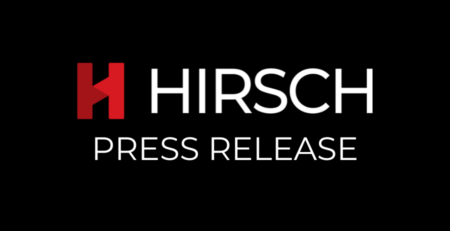Multi-factor Authentication with FIDO: A Powerful Combination
In today’s digital age, cybersecurity is a top concern for individuals and businesses alike. With data breaches and cyberattacks becoming more frequent and sophisticated, it’s crucial to implement strong security measures to protect sensitive information. One such measure is multi-factor authentication (MFA), which adds an extra layer of security beyond the traditional username and password login.
While MFA is a powerful tool in its own right, its effectiveness can be further enhanced with the use of FIDO (Fast Identity Online) authentication standards. FIDO is an open standard for online authentication that uses public key cryptography to provide a secure and easy-to-use authentication experience.
So, how does MFA with FIDO work? Let’s take a closer look.
Traditional MFA typically requires the user to provide two factors of authentication, such as something they know (like a password) and something they have (like a smartphone or hardware token). FIDO takes this a step further by incorporating public key cryptography techniques to provide stronger authentication.
FIDO works by creating a unique public-private key pair for each user, which is securely stored on their device or within a hardware token. When the user logs in, the FIDO-enabled device or token generates a cryptographic proof of the user’s identity, which is verified by the server.
Because FIDO relies on public key cryptography, it eliminates the need for users to share sensitive information like passwords with servers or other third-party services. This not only makes the login process more secure, but also more convenient for users, as they don’t need to remember and enter complex passwords.
By combining FIDO with MFA, businesses can create a powerful authentication system that is both highly secure and user-friendly. FIDO-enabled devices or hardware tokens can be used in place of traditional one-time passcodes (OTPs) or SMS-based authentication methods, providing a more reliable and convenient option for users.
Furthermore, FIDO and MFA can be integrated with a range of other security technologies, such as single sign-on (SSO), which allows users to securely access multiple applications with a single login.
In summary, MFA that incorporates FIDO is a powerful tool that can help businesses protect sensitive information and defend against cyberattacks. By leveraging the strengths of this technology, businesses can create a secure and user-friendly authentication system that provides peace of mind for both users and IT teams.











